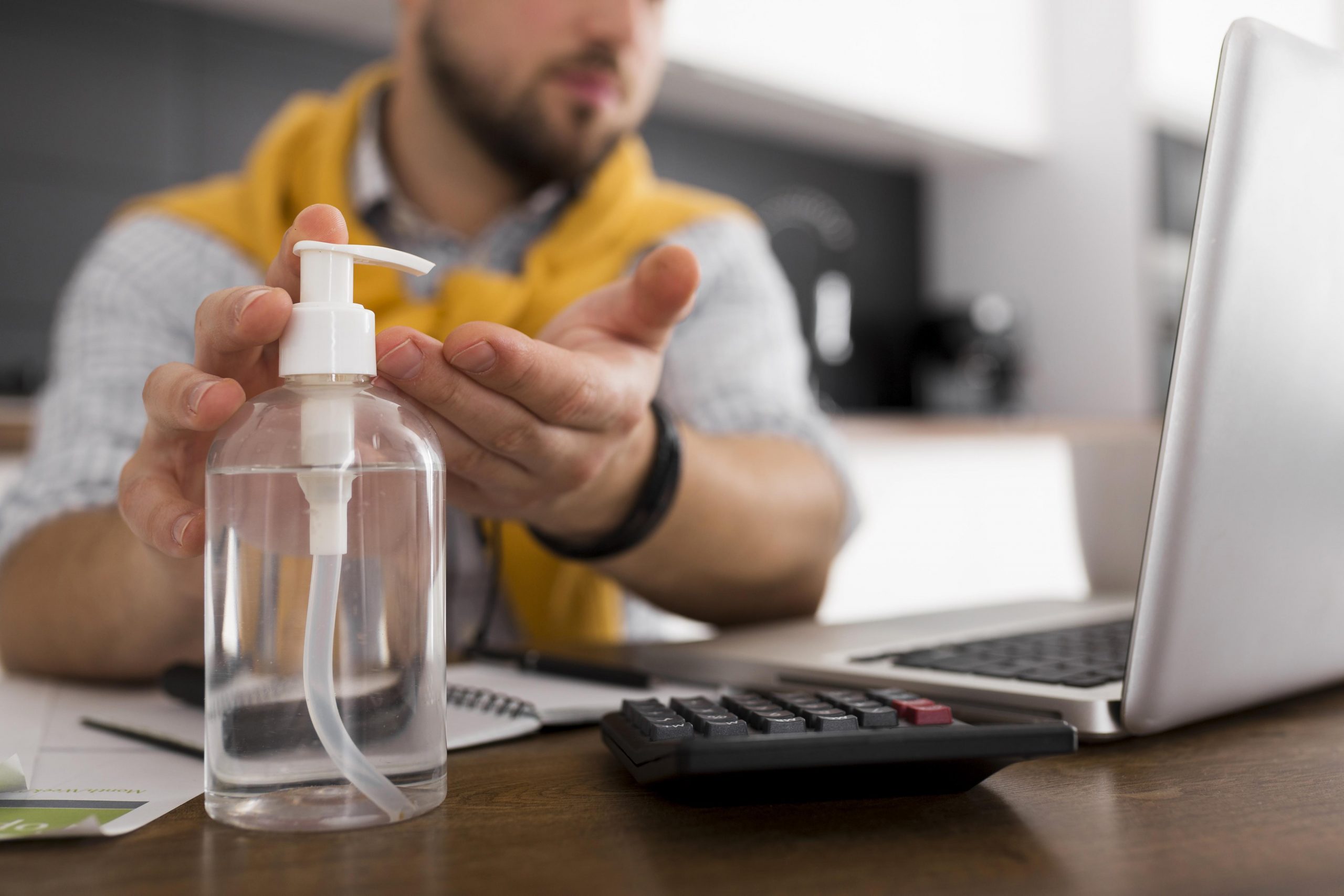By Nurul Natasya Binti Md Drus, Lecturer, School of Allied Health Sciences
Some people might misunderstand that the word “housekeeping” means only cleaning floors or removing dust. In the workplace, housekeeping means ensuring that the workplace is safe also. Housekeeping helps in preventing injuries and improving productivity. Every worker must play a role in housekeeping, even if that means keeping his or her own workspace clean. Not only that, here are 11 tips for effective workplace housekeeping.
First, we must prevent slips, trips and falls. This includes passageways, storerooms and service rooms. Floors should be clean and dry. In the workplace, the management must provide mats, platforms, false floors or “other dry standing places” according to OSHA’s requirements.
Second, we must eliminate fire hazards. All the staff are responsible for keeping unnecessary combustible materials from accumulating in the work area. Combustible waste should be stored in covered metal receptacles and disposed of daily.
Third, we must control the dust. Dust accumulation of more than 1/32 of an inch – or 0.8 millimetres – covering at least 5 per cent of a room’s surface can pose a significant explosion hazard. The standard states that vacuuming is the preferred method of cleaning. Sweeping and water wash-down are other options.
Fourth, we must avoid tracking materials. Work-area mats, which can be cloth or sticky-topped, must be kept clean and maintained. This helps prevent the spread of hazardous materials to other work areas or home.
Fifth, we must prevent falling objects. Protection such as a toe board, toe rail or net can help prevent objects from falling and hitting workers or equipment.
Sixth, we must clear clutter. Since workers have little room to operate in a cluttered workspace, it may lead to ergonomic problems and potential accidents. Keep aisles, stairways, emergency exits, electrical panels and doors clear of clutter, and purge untidy areas. Empty trash receptacles before they overflow.
Seventh, we must store materials properly. Storage areas should not have an accumulation of materials that can cause tripping, fire, explosion or pests hazards.
Eighth, we must use and inspect Personal Protective Equipment and tools. Employees who do not use Personal Protective Equipment (PPE) while washing up spills or other materials, such as shattered glass or plywood, sustained bites or splinters, can result in increases in workers’ compensation claims.
Ninth, we must determine the frequency. All workers can help with housekeeping, especially in terms of keeping their own work areas clean, reporting safety risks, and, if possible, cleaning up spills.
Tenth, we must create written rules. Housekeeping policies, according to experts, should be written down. Written protocols could specify which cleaners, tools and methods should be used.
The last tip is to think long-term. Housekeeping should not be a one-time event; it should be monitored and audited on a regular basis. To help manage housekeeping, we must keep logs and follow a routine walkthrough inspection schedule in order to monitor risks and train employees.

